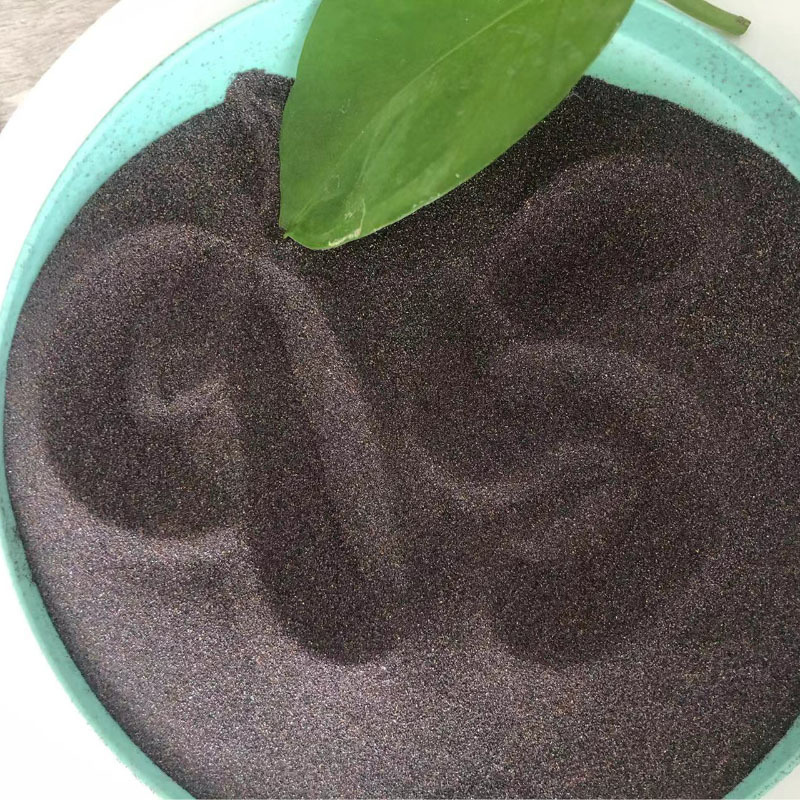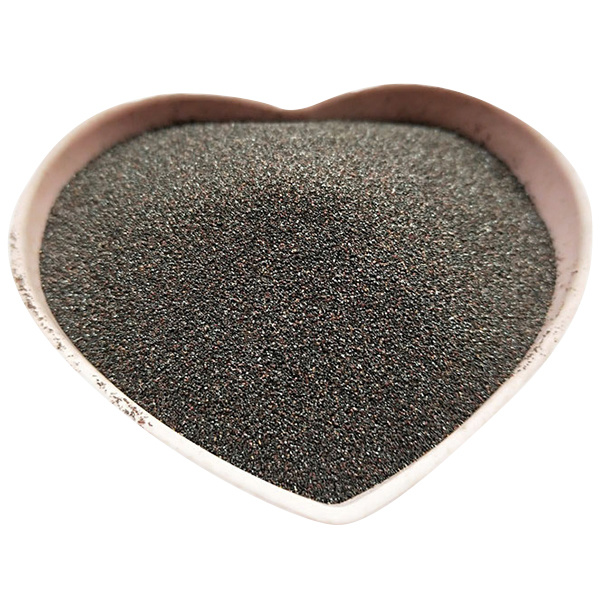What are the uses of titanium dioxide?
Release Time:
Aug 12,2024
Titanium dioxide is an extremely important industrial raw material.
Titanium dioxide is an important inorganic compound with a wide range of uses. Here are some of the main uses of titanium dioxide:
1. Pigment Titanium dioxide is an important white pigment that is often used in the manufacturing process of paints, coatings, rubber, plastics, paper, ink, etc., and can provide excellent hiding power and gloss.
2. UV protection agent Titanium dioxide has good UV protection properties, so it is often used as the main ingredient in skin care products such as sunscreen, sunscreen lotion, sunscreen spray, etc., which can effectively block UV damage to the skin.
3. Catalyst Titanium dioxide has good photocatalytic properties and can be used for photocatalytic oxidation and degradation of organic wastewater, organic pollutants in the air, heavy metal ions, etc., and can be used in the fields of environmental protection and wastewater treatment.
4. Photoelectric materials Because titanium dioxide has a high refractive index and transparency, it is widely used in optical devices, flat panel displays, solar panels and other fields.
5. Medical field Titanium dioxide is widely used in the medical field. It can be used to prepare medical materials, drug coatings, medical textiles, etc., and can also be used as a safe food additive.
6. Food packaging Titanium dioxide is widely used in food packaging products as a whitening agent and pigment to improve the texture and appearance of food.
7. Electronic materials Titanium dioxide is an important electronic grade material, commonly used to prepare electronic components such as varistors, piezoelectric ceramics, and multilayer ceramic capacitors.
8. Building materials Titanium dioxide is also widely used in building materials. It can be used to prepare coatings, coatings, cement, concrete, etc., and has whitening, anti-pollution, anti-ultraviolet and other functions.
In general, titanium dioxide is an extremely important industrial raw material, which is widely used in many fields such as coatings, pigments, cosmetics, medicine, food, and building materials. It is of great significance to promote the development of industrial production and improve product quality.
Keywords:
You Can Also Learn More About Industry Trends






